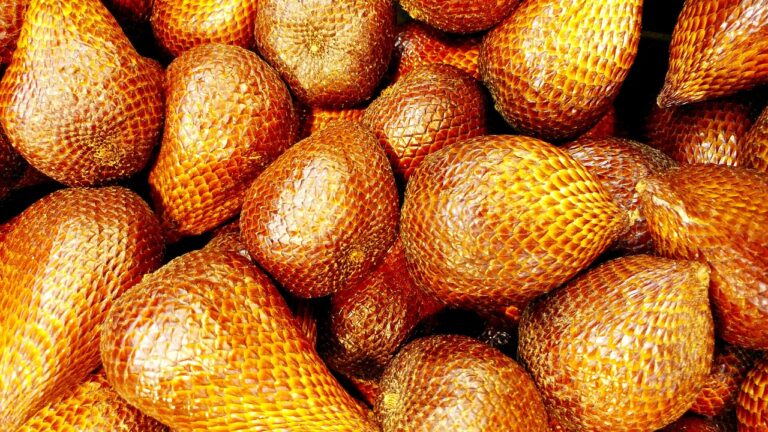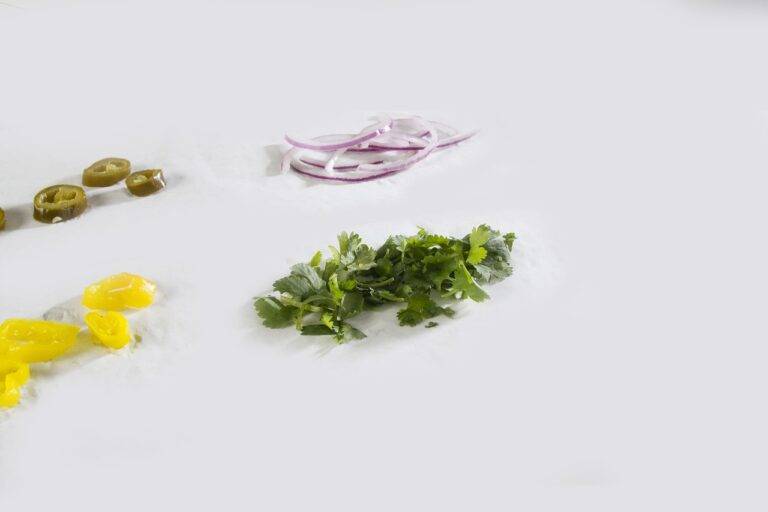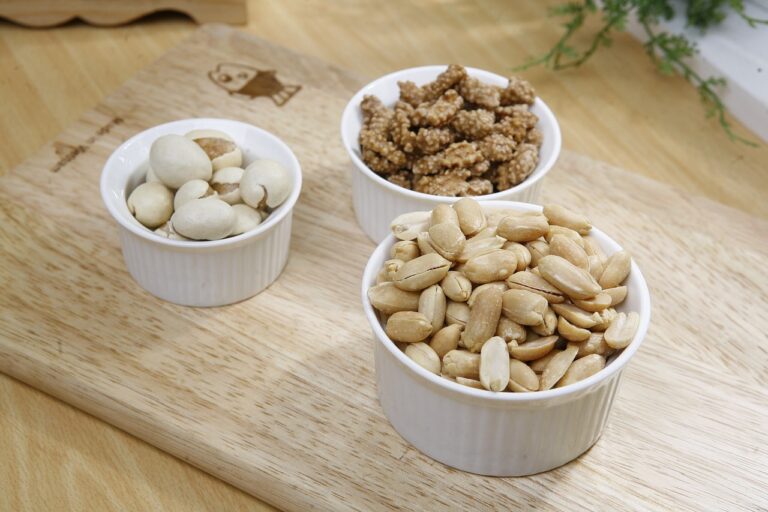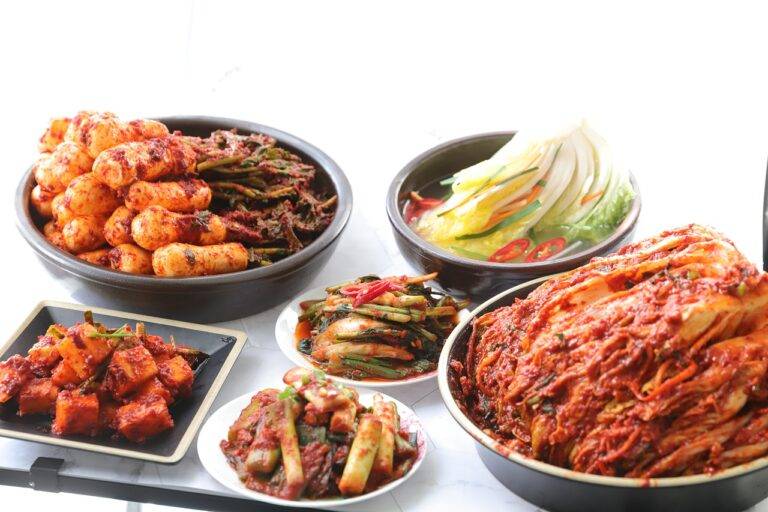Exploring the World of Molecular Gastronomy: Science Meets Culinary Arts
Molecular gastronomy is a culinary discipline that explores the science behind cooking by studying the physical and chemical transformations that occur during the preparation of food. By understanding the behavior of ingredients on a molecular level, chefs are able to create innovative dishes that push the boundaries of traditional cooking techniques. This scientific approach to gastronomy has revolutionized the culinary world, leading to the development of new textures, flavors, and presentations that challenge our perceptions of food.
One of the key concepts in molecular gastronomy is the idea of applying scientific principles to cooking in order to achieve precise and consistent results. By utilizing techniques such as sous vide, spherification, and foams, chefs are able to manipulate ingredients in ways that would be impossible with traditional methods. This marriage of science and cooking has opened up a world of possibilities for chefs, allowing them to experiment with new ingredients and techniques to create dishes that are both visually stunning and delicious.
The History of Molecular Gastronomy
Molecular gastronomy traces its roots back to the late 20th century when French chemist Hervé This and Hungarian physicist Nicholas Kurti began experimenting with the scientific principles underlying cooking. Their collaboration led to the birth of a new culinary movement that focused on understanding the physical and chemical processes that occur during food preparation. This marked the beginning of a revolution in the culinary world, where chefs started to explore innovative techniques and ingredients to create unique and unforgettable dining experiences.
Over time, the principles of molecular gastronomy gained popularity among chefs and food enthusiasts around the world. Renowned chefs like Ferran Adrià of elBulli in Spain and Heston Blumenthal of The Fat Duck in the UK became key figures in popularizing the movement. Their groundbreaking techniques and avant-garde presentations challenged traditional culinary norms, inspiring a new generation of chefs to push the boundaries of gastronomy. Today, molecular gastronomy continues to evolve and influence the way we perceive and enjoy food, shaping the future of culinary arts.
Key Techniques Used in Molecular Gastronomy
Molecular gastronomy employs a variety of innovative techniques to transform traditional culinary methods. One key technique is spherification, which involves turning liquids into spheres using sodium alginate and calcium chloride. This process creates unique textures and bursts of flavor, adding an element of surprise to dishes.
Another important technique is foams, created by aerating liquid ingredients using a whipped cream charger or blender. Foams add a light and airy texture to dishes, enhancing the overall presentation and mouthfeel. Chefs often use foams to infuse dishes with intense flavors while maintaining a delicate consistency.
• Spherification involves turning liquids into spheres using sodium alginate and calcium chloride
• Foams are created by aerating liquid ingredients using a whipped cream charger or blender
What is molecular gastronomy?
Molecular gastronomy is a scientific approach to cooking that focuses on the chemical and physical transformations that occur during the cooking process.
What are some key techniques used in molecular gastronomy?
Some key techniques used in molecular gastronomy include spherification, foams, gels, emulsification, and sous vide cooking.
How does spherification work?
Spherification is a technique that involves converting a liquid into a sphere using a gel or membrane. This can be achieved through either reverse spherification or direct spherification.
What is foaming in molecular gastronomy?
Foaming is a technique that involves creating stable foams using ingredients like soy lecithin or egg whites. These foams can be used to add texture and flavor to dishes.
What is emulsification and how is it used in molecular gastronomy?
Emulsification is the process of combining two or more liquids that normally do not mix, such as oil and water. In molecular gastronomy, emulsification is often used to create stable emulsions for sauces and dressings.
What is sous vide cooking and how is it used in molecular gastronomy?
Sous vide cooking involves vacuum-sealing food in a bag and cooking it at a precise temperature in a water bath. This technique is used in molecular gastronomy to achieve consistent and evenly cooked results.







